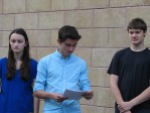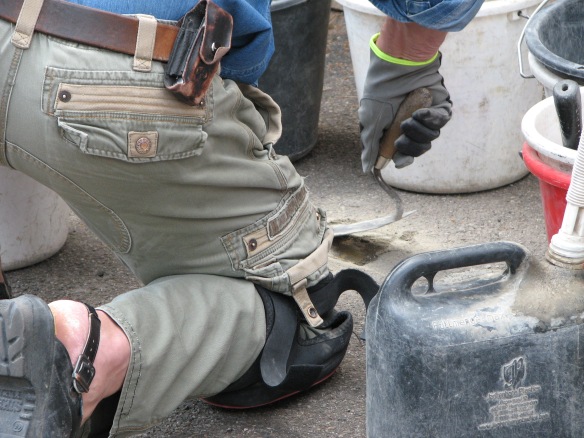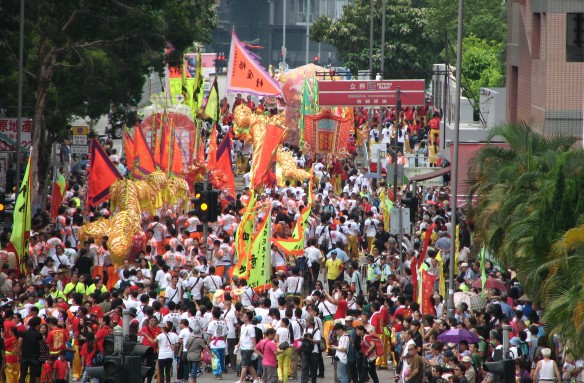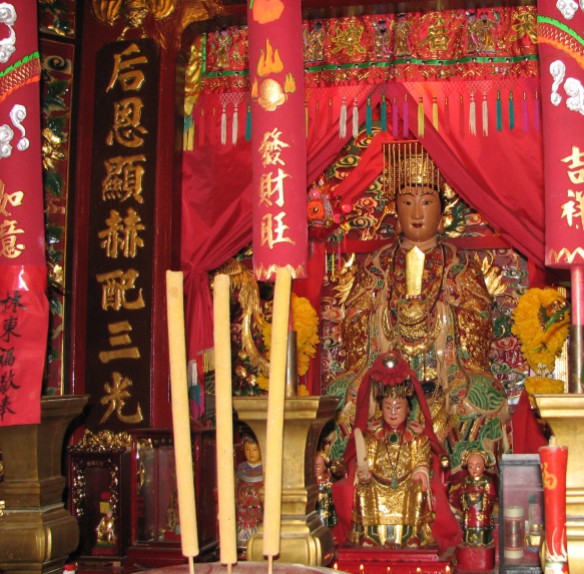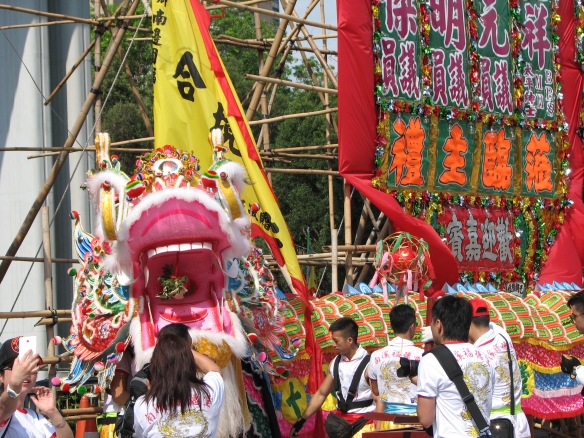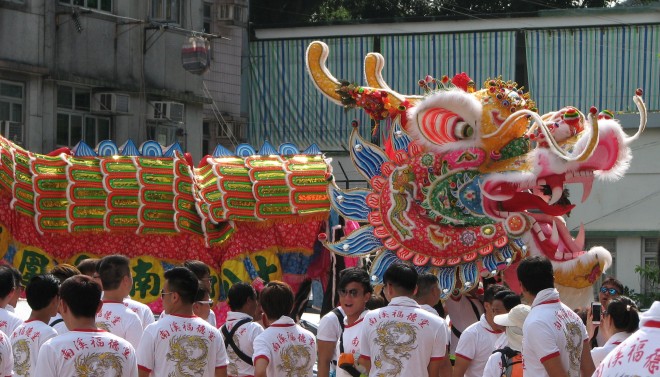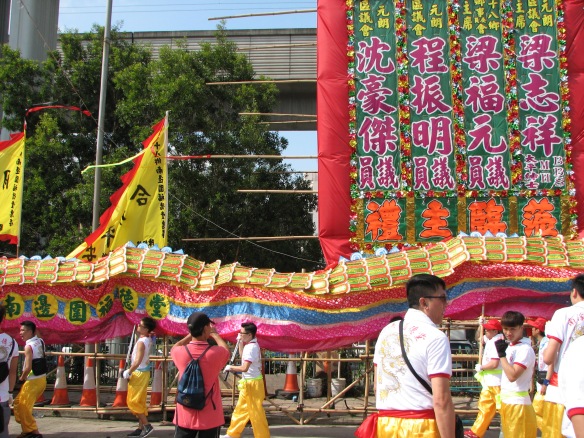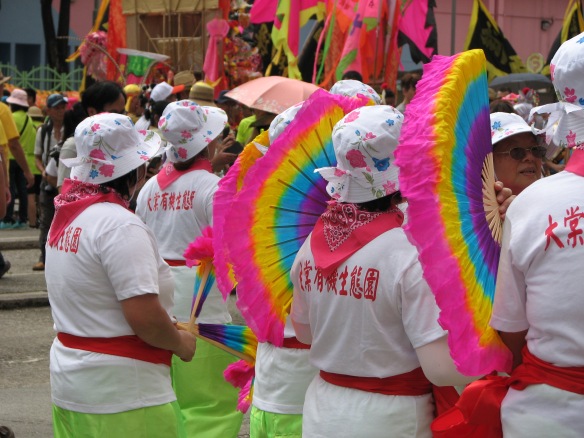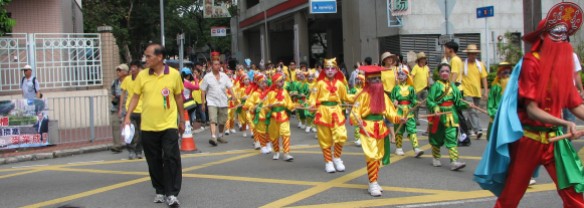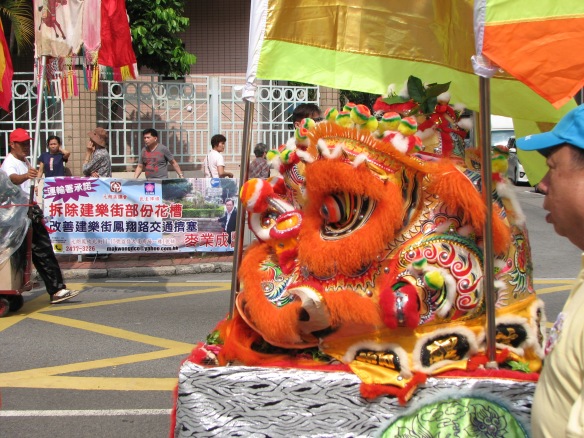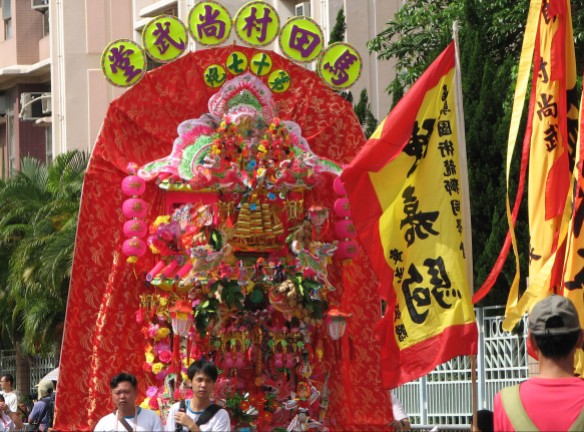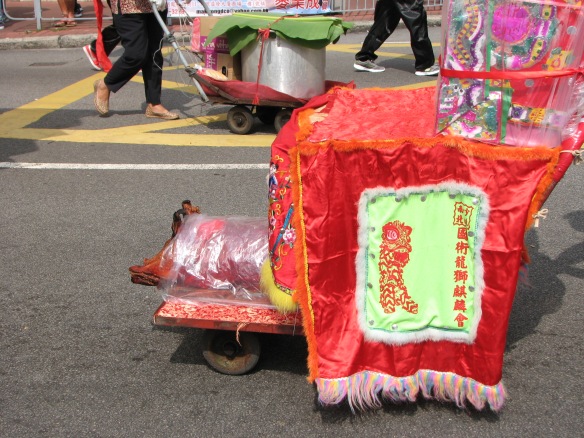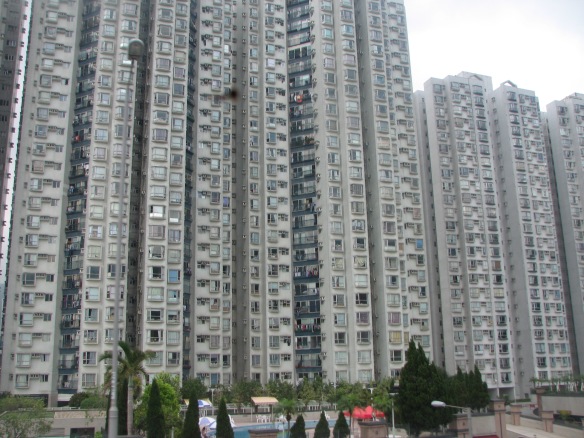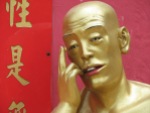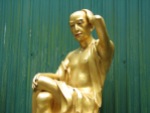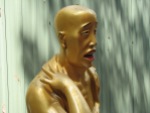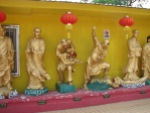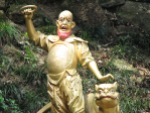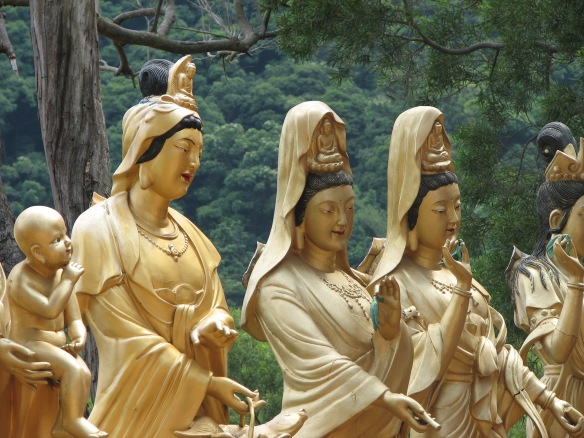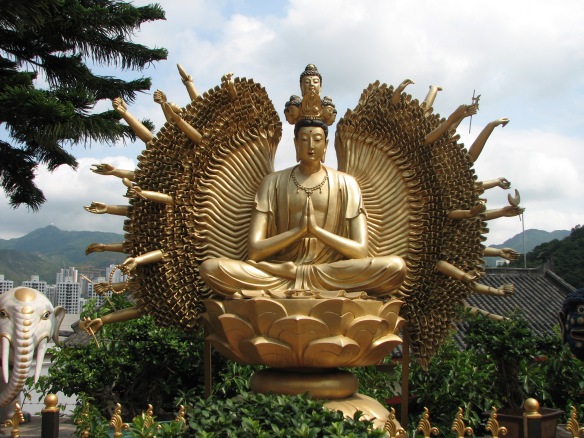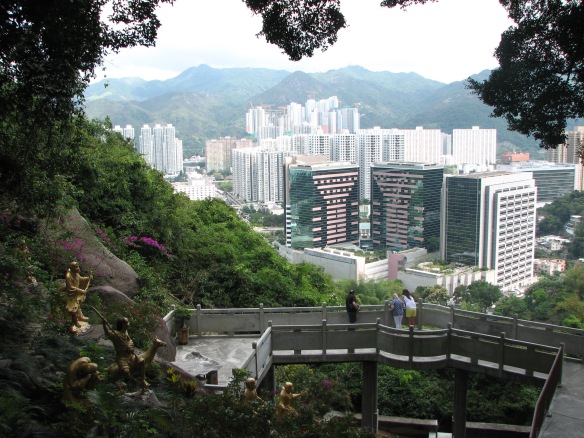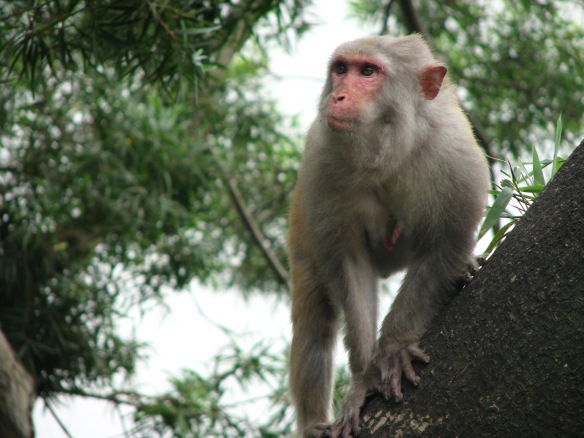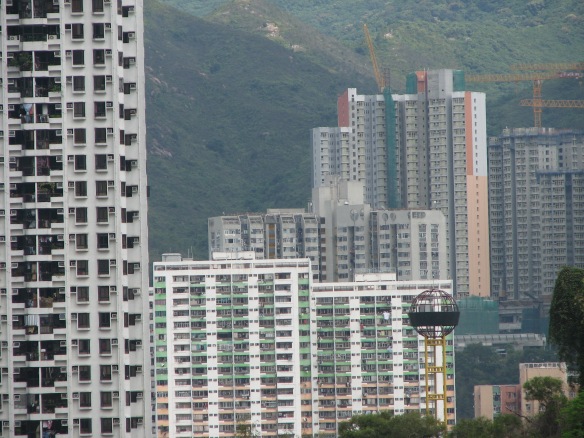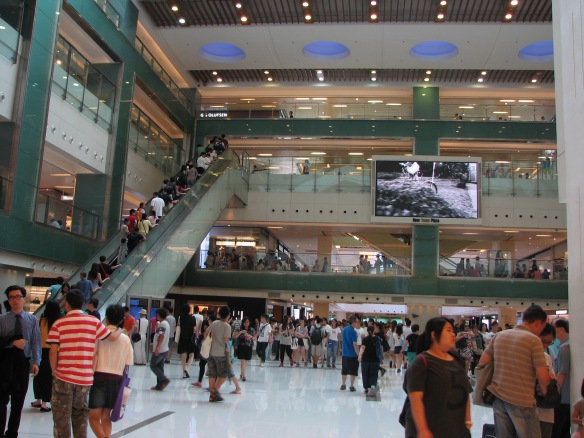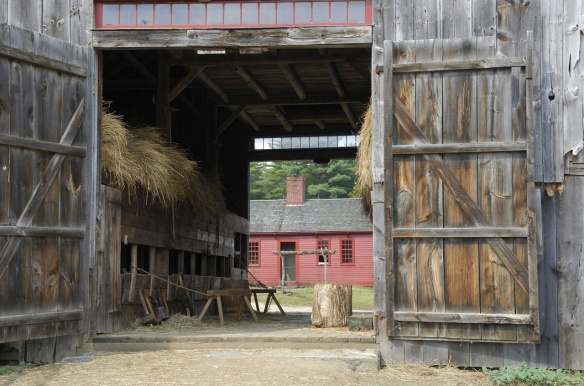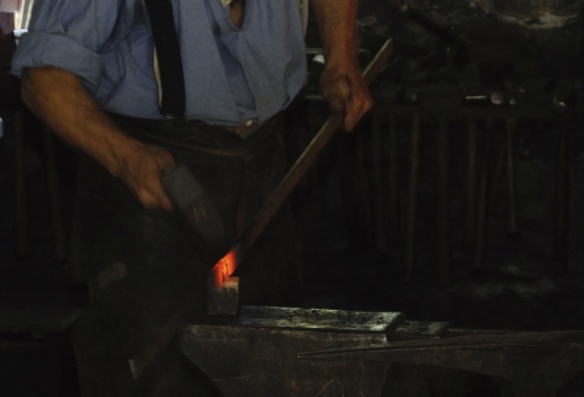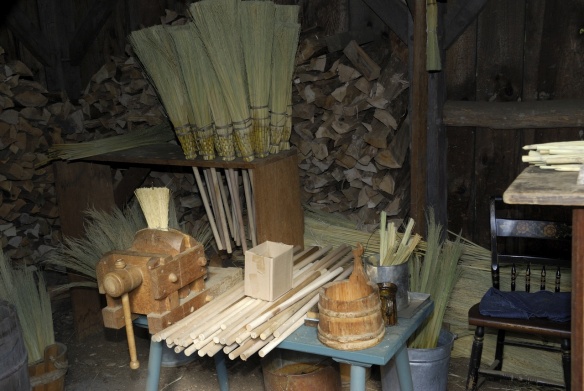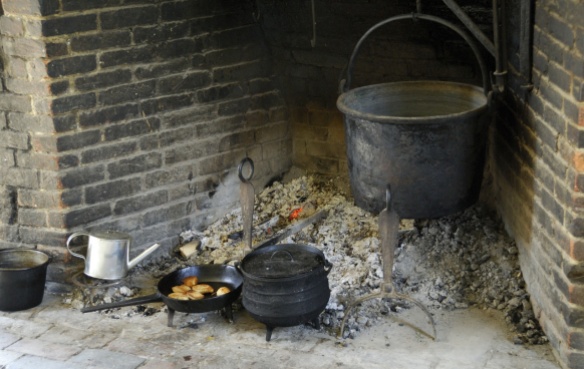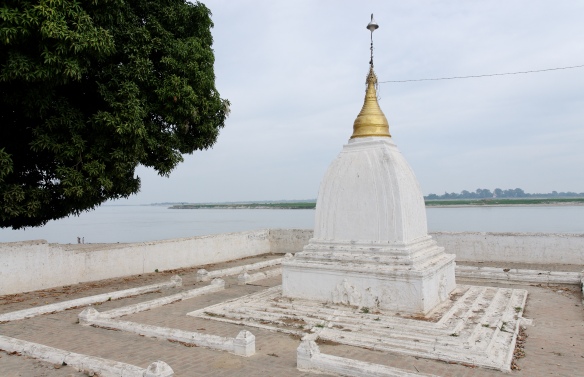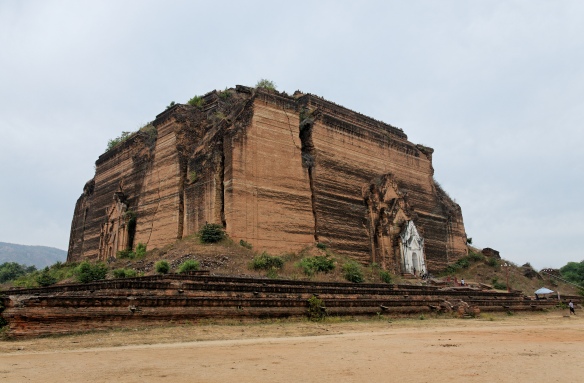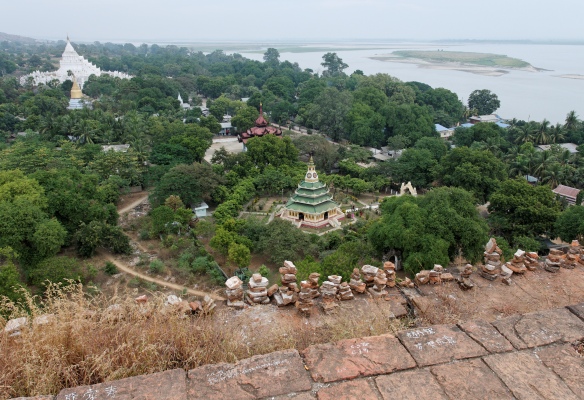
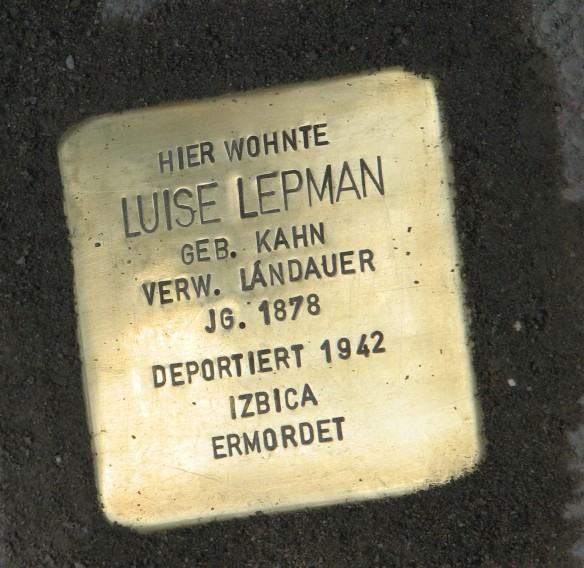
Date: May 23rd, 2015
Place: Stuttgart, Germany
Event: The laying of a Stolperstein for Luise Lepman
Man in cap: “I didn’t expect the ceremony would be so rote. He put in the stones like it was just assembly line work, just one of many.”
Jadi: “The whole point is that they’re not made in a factory. He makes every single one of them by hand.”
Man in cap: “And I didn’t know that his project began as performance art.”
Amy: “That’s how it began in Berlin. He’s been deeply involved in making Stolpersteine for over twenty years.”
Man in cap: “I’ve looked at his website. If you can get past the fact that they were all murdered, some of his subjects’ lives were pretty outrageous.” The man in the cap turns without saying goodbye and heads fast down the sidewalk.
***
Today I want to tell you about several remarkably modest people, and one remarkable project.
Amy Matney began as a massage patient and became a friend. She’s a charming, unassuming woman from Virginia. Just listening to her accent is to hear music.

Amy works with teenagers at the Patch Barracks high school. Last year she got her students involved in the international Stolperstein project. Started by the German artist Gunter Demnig, Stolpersteine are literally ‘Stumbling Stones’. These blocks or stones commemorate the last free place victims of the Nazi regime resided before being deported or murdered. [1]
Amy told me, “The students I counsel have every advantage. I want them to learn compassion as well. This project was a great way to get them to think about history and the world, and those less fortunate.”
For 120€ or about $140, anyone can sponsor the laying of a Stolperstein. Amy’s students went into historical archives and researched potential subjects. Once a month the students sent out a newsletter reporting the progress of their research. They chose Luise Lepman, a woman whose family had strong connections to America.
In a moving ceremony on the morning of May 23rd, Ms. Matney, the students and their families, the commander of the base and well-wishers gathered in front of the last place Luise Lepman was known to live.
Luise boarded a deportation train on April 26, 1942. Not a single one of the 285 people forced to take that train survived.
The students talked about their experience and Susanne Bouché, the Stuttgart liaison for the Stolperstein Project, spoke.

And then, in respectful silence with no fanfare, Gunter Demnig placed the Stumbling Stone in the sidewalk. [2] I helped Amy hand out long stemmed roses. The witnesses laid them beside the stone.
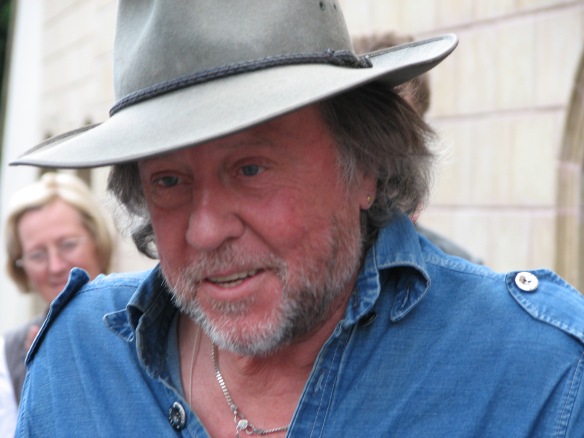
As Amy and I talked after the ceremony, the stranger in the ball cap came up to us. I’m not sure if we were more startled by his callous words “If you can get past the fact that they were all murdered, some of his subjects’ lives were pretty outrageous” or the complete lack of understanding the comment showed.
This is why we need projects like the Stumbling Stones, and people like Herr Demnig and Ms. Matney. [3]
NOTES: [1] After you notice the first one, you start seeing Stolpersteine everywhere. They honor the dead and remind us that we always walk with and through history. [2] Herr Demnig places each Stumbling Stone by hand. He installed three Stolpersteine in Stuttgart on May 23rd. [3] Ms. Matney’s school will sponsor a Stolperstein each year.
To this day the city of Munich refuses to allow them to be placed.
For more information on Stolpersteine: www.stolpersteine.eu
To contact Herr Demnig directly:
Gunter Demnig
Kölner Strasse 29
D-50226 Frechen
www.gunterdemnig.de
Mobile: +49 – 177 – 20 61 858
Fax: +49 – 2234 – 809 73 97
Email: gunter(at)gunterdemnig.de
Photos Copyright © 2015 Jadi Campbell. All photographs can be enlarged by simply clicking on the images. Uwe’s photos of Stuttgart and his photography may be viewed at viewpics.de.

